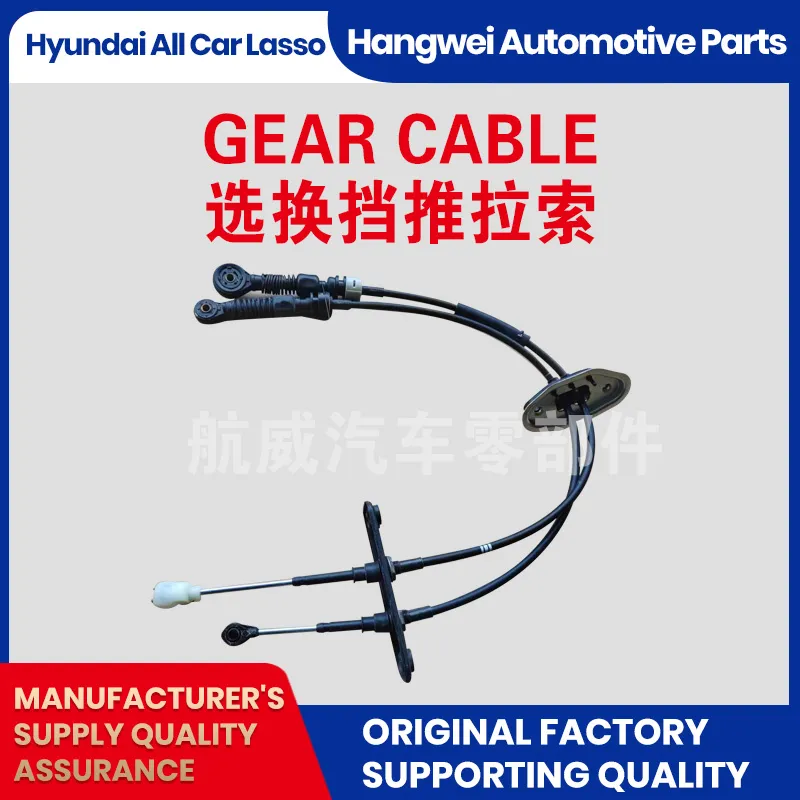e brake line
Understanding the E-Brake Line A Critical Component of Vehicle Safety
In the realm of automotive systems, the e-brake line, commonly referred to as the emergency brake line or handbrake line, plays an indispensable role in ensuring vehicle safety and functionality. This component is vital for the effective operation of the emergency braking system, which serves a critical function in both everyday driving and emergency situations. Understanding the mechanisms behind the e-brake line, its significance, and how to maintain it can greatly enhance a driver's control and safety on the road.
What is the E-Brake Line?
The e-brake line is a flexible cable that connects the handbrake lever to the brake system, typically at the rear wheels. When the driver pulls the handbrake lever, the cable tightens, leading to the activation of the rear brake shoes or calipers. This action creates friction, which helps to hold the vehicle stationary, especially on inclines or during parking. Unlike the primary braking system, which is hydraulic, the e-brake line operates mechanically, making it a critical backup system should the main brakes fail.
Importance of the E-Brake Line
1. Safety Mechanism The primary role of the e-brake line is to be a safety mechanism. Vehicles can roll away if parked on an incline without proper engagement of the parking brake. The e-brake line ensures that the vehicle remains secure while parked, preventing accidents.
2. Emergency Situations In the event of a failure in the primary brake system, the e-brake line provides an alternative means to slow down or stop the vehicle. Although it is not designed for high-speed braking, it can be a lifesaver in critical circumstances.
3. Control in Low-Speed Maneuvers The e-brake can help in maintaining control during maneuvers that require precise handling, such as when driving on slippery surfaces or during low-speed turns. This added control can be vital for preventing skidding or losing traction.
Common Issues with E-Brake Lines
e brake line

Despite its importance, the e-brake line can experience wear and tear over time. Common issues include
- Cable Fraying or Breakage The e-brake cable can fray, rust, or break, leading to a loss of functionality. Regular inspections can help to identify these issues before they become critical.
- Adjustment Problems If the e-brake does not engage or hold effectively, it may require adjustment. Over time, cable stretch and wear can cause the handbrake lever to feel loose or ineffective.
- Corrosion Exposure to moisture and road salts can lead to corrosion along the cable, impacting its performance. This is particularly common in regions with harsh winter conditions.
Maintenance Tips
1. Regular Inspections It is advisable to have the e-brake line and system inspected regularly as part of routine vehicle maintenance. This includes checking for signs of wear, fraying, and proper tension.
2. Prompt Repairs If there are issues with the e-brake system, such as a loose lever or failure to hold the vehicle, it is crucial to address them immediately. Delaying repairs can lead to more significant safety concerns.
3. Keep it Clean Keeping the e-brake line free of dirt and grime can extend its lifespan. Regular cleaning and inspecting for signs of corrosion can prevent potential failure.
In conclusion, the e-brake line, though often overlooked, is a vital component of vehicle safety. Understanding its function, recognizing potential issues, and practicing regular maintenance can ensure that this crucial safety feature performs effectively when needed. As drivers, acknowledging and caring for the e-brake line can lead to greater peace of mind and improved overall vehicle safety.
-
Workings of Clutch Pipe and Hose SystemsNewsJun.04,2025
-
The Inner Workings of Hand Brake Cable SystemsNewsJun.04,2025
-
The Secrets of Throttle and Accelerator CablesNewsJun.04,2025
-
The Hidden Lifeline of Your Transmission Gear Shift CablesNewsJun.04,2025
-
Demystifying Gear Cables and Shift LinkagesNewsJun.04,2025
-
Decoding Clutch Line Systems A Comprehensive GuideNewsJun.04,2025
